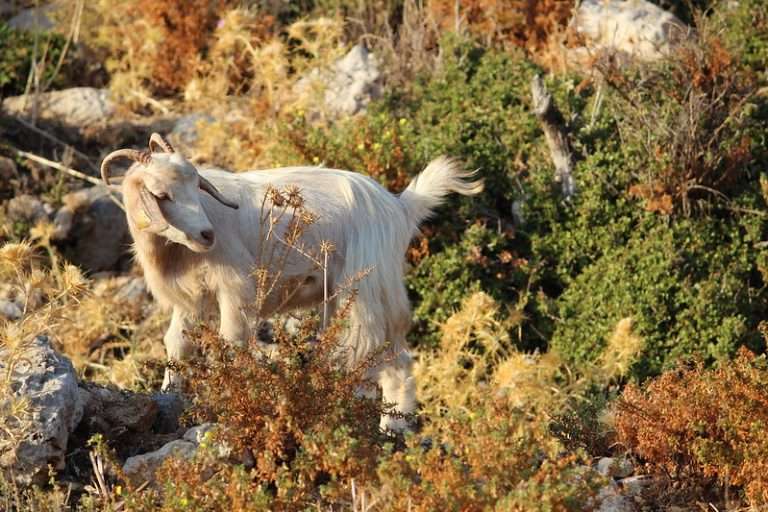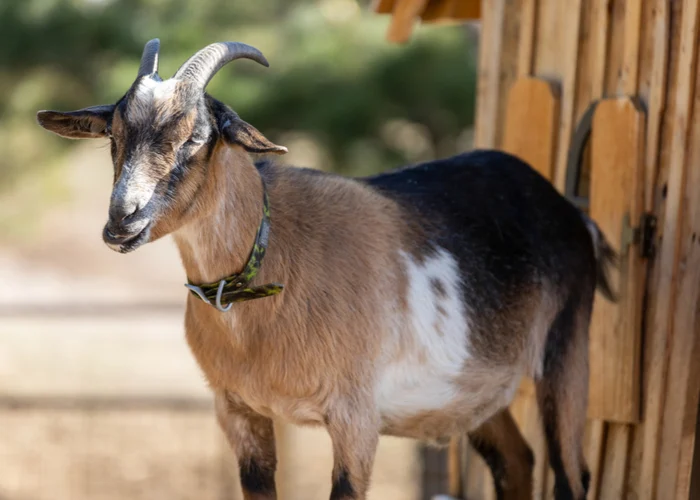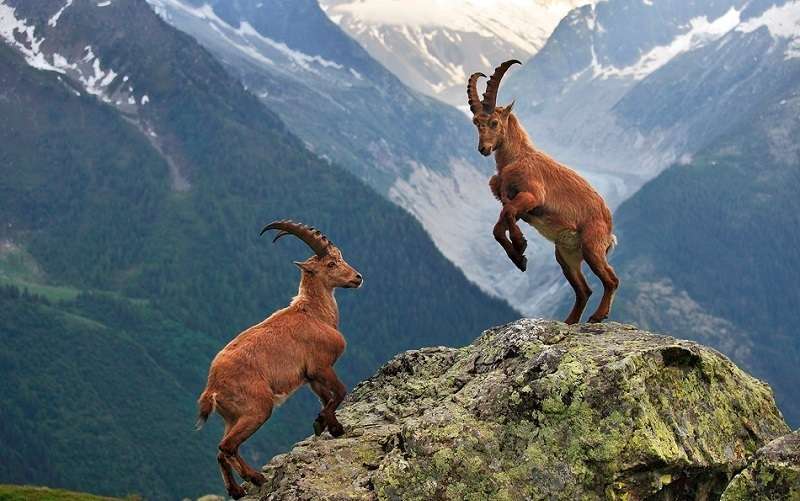
Description:
Legs and body are strong and well-muscled. The facial profile ranges from being straight to convex. Horns, if any, have an outward and backward curve. Although they can be smaller, semi-lop to lop ears are often huge. The body contains a thin undercoat of soft, fine cashmere and long, coarse, straight hair. Both sexes can grow beards. Wattles are uncommon. Frequently, the tail is held curled upward.
Typically, coats are black, although they can also be grey, brown, or pied. Sometimes the lower legs are paler or darker. From the eyes to the muzzle, the markings may be lighter or darker. Dark skin tone.

Behavior:
Dams have exceptional maternal instincts and instincts for survival.
Benefits/Uses:
Flesh, milk, and hair are primarily used for subsistence, while cheese is becoming more and more in demand in urban areas and meat is also sold to markets.
Origin/History:
More than 10,000 years ago, goats were domesticated for the first time. Despite the fact that there were many domestication centers, Eastern Anatolia in contemporary Turkey made the largest genetic contribution to the modern goat population that became widespread worldwide. Anatolian goats have evolved to fit the many settings (plains, plateaus, massifs), temperatures (Mediterranean and continental: cold winters, warm summers, and little rainfall), and husbandry systems prevalent throughout the nation, particularly in the high plateaus and mountainous regions. Hence were created numerous varieties of goats, including the delicate, silky Angora goat and the stocky, shaggy Turkish Hair goat.
Table





